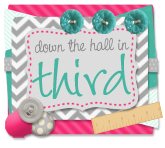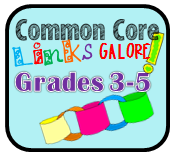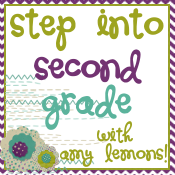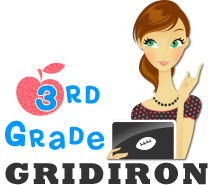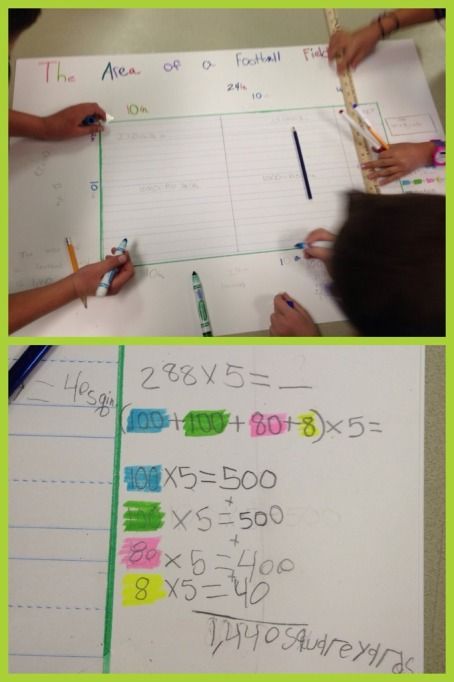Book Retriever App
This app was so worth the $0.99 I paid for it! Over the summer, I was able to catalog my entire classroom library by scanning the barcodes on each book using the camera on my phone. My. Mind. Was. Blown. Not only does it keep track of your books alphabetically, but it also levels them (DRA, AR, Lexile, etc.), which means I can easily check a reading level by scanning the barcode. It also has options for inputting student lists and parent contact info so that you are able to check books out to students (and alert their parents if a book goes missing), but I have yet to play with this feature. If you knew how many times I've stood staring at the endless shelves in Barnes & Nobel wondering if I did in fact already have a book I was considering buying, you would also know how handy this app has been for me.
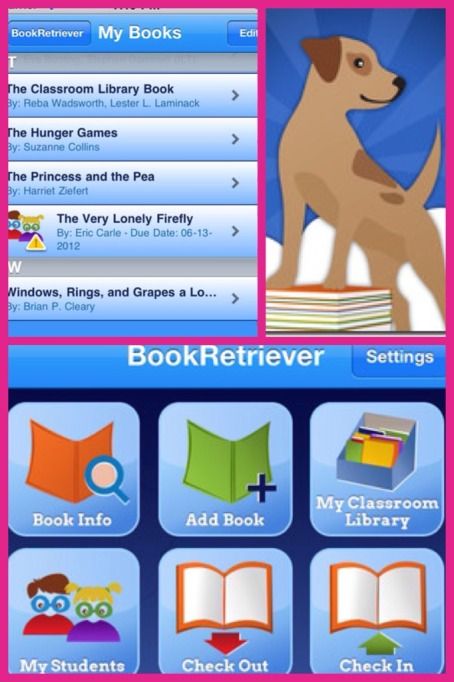
Teachers Pay Teachers
This is a no-brainer, and I'm sure any teacher nowadays would agree that TPT is on the top of many of our favorite thing lists. My love for TPT is two-fold: I have found TONS of high quality, cute, creative resources to use with my class, and it has provided me with a (small) second source of income. My students have loved each and every activity, and I appreciate not having to create everything myself...because there is no way I am that creative!!
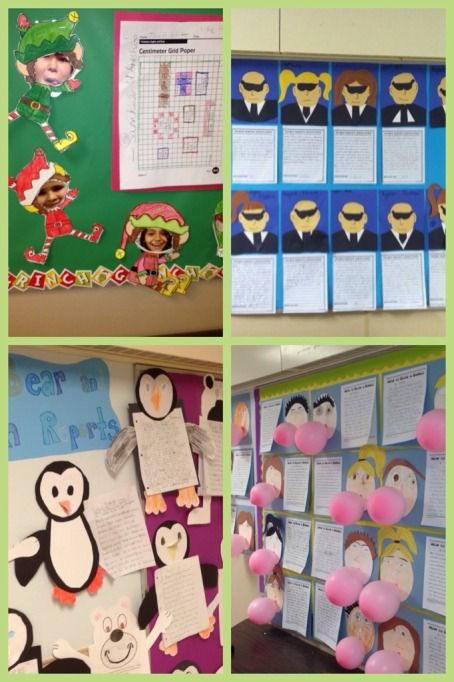

Donors Choose
We all know how much money teachers fork over from their own pockets to supplement their own classroom. From supplies, to books, to technology and more, it all adds up so quickly. Our students are like our own children, and we want to give them the world, but unfortunately, we cannot always afford to provide everything we would like. That's where Donors Choose comes in. Teachers can create a project by selecting items through their online mall, write a rationale for potential donors, and post up their project on the DC website. Friends, family, corporations, and even complete strangers can make tax-deductible donations to help fund your classroom project. Many large companies (like Kia, Horace Mann, Sonic, etc.) offer match opportunities where they will automatically fund half of your project costs. Over the past two years, I have been fortunate enough to have had four projects fully funded on DonorsChoose.org. I've received math centers, science supplies, and most recently, five Google Chromebooks! It is definitely worth a shot to help supplement some of the costs associated with loving your students!
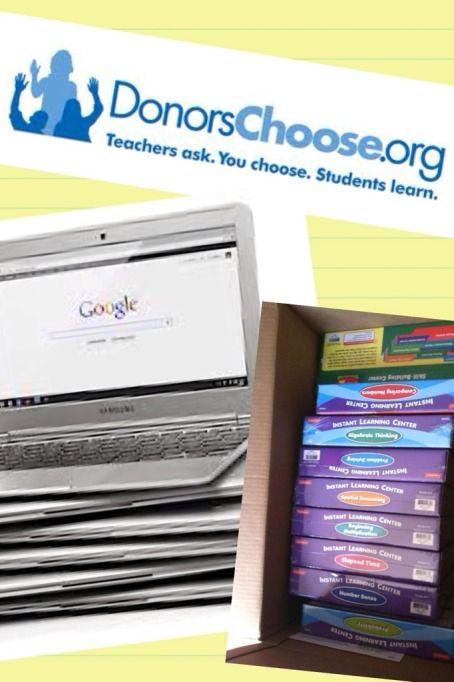
So again, I have to ask...what are some of your favorite things? Apps your students love? Sites you frequent? Products that make your world go round? Share away!


